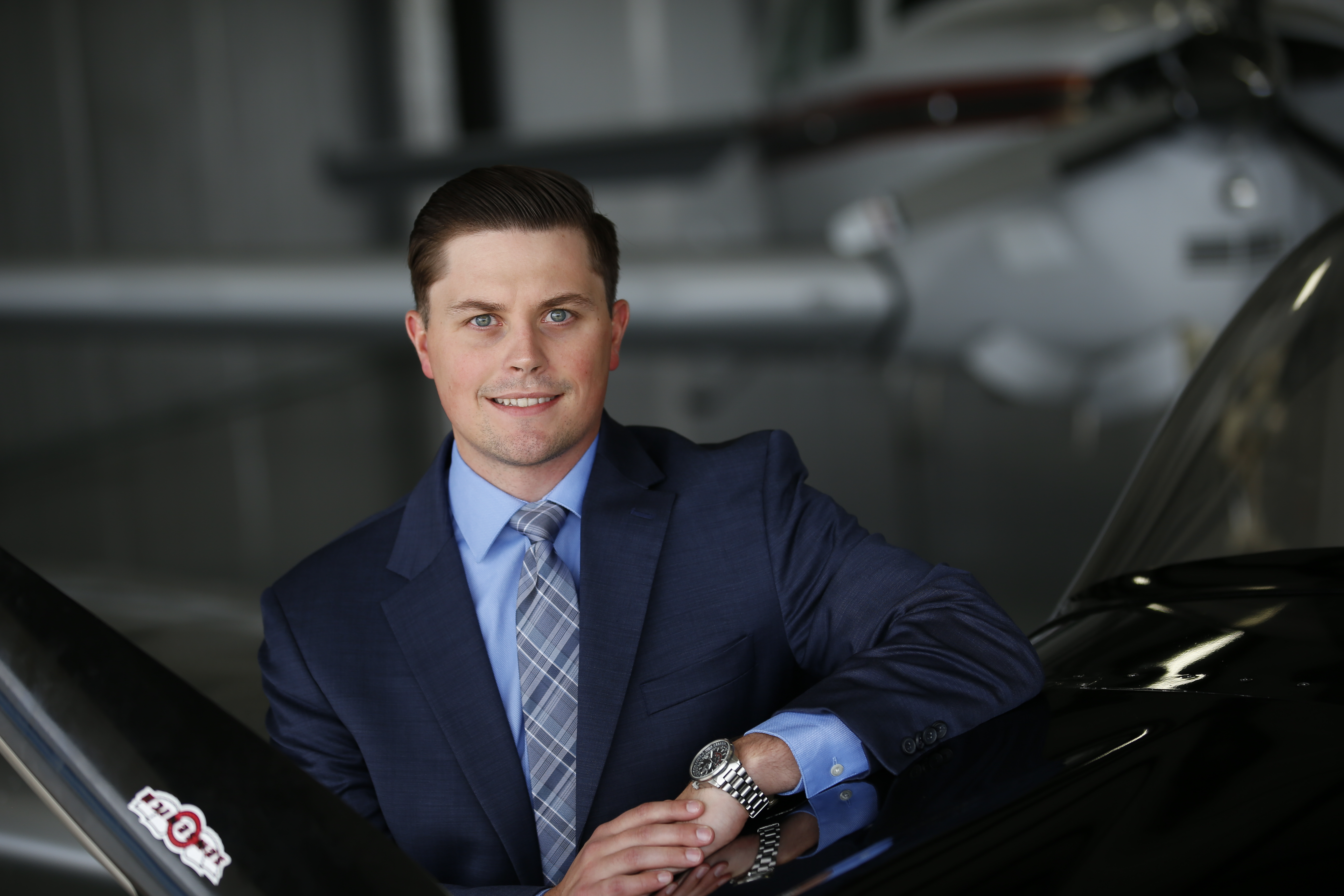Each situation presents its own legal risks and, in the case of an accident or incident, could be grounds for a potential lawsuit. In the case of a pilot operating his or her own aircraft for personal use, the exposure is clear. In the case of a pilot flying for his or her employer, however, the party ultimately responsible for causing harm is not as cut-and-dry.
Here's the punchline: the party responsible for the acts of an employee-pilot is a resounding “it depends.” It depends on the particular facts and circumstances of the flight and the employer-employee relationship. It depends on whether any FARs or other rules were violated. It also depends heavily on state law, which varies considerably. It could be that the employer is solely responsible, it could be only the employee-pilot, or it could be both. But just because you fly under the employment of another, doesn’t mean that you’re off the hook if something goes wrong.
True, the general rule is that employers (principals) may be held liable for the damages or injuries caused by their employees (agents), so long as the employees were acting within the scope of their employment. This doctrine is called respondeat superior, and states that a principal is generally liable for harm caused by an agent. Stated another way, without independent action from an employee or otherwise willful or grossly negligent conduct, employers can expect to pay for the actions of their employee-pilots. However, employee-pilots might also share in the obligation to right a wrong.
A recent, unpublished opinion from the Louisiana Court of Appeals highlights this issue. In that case, the estate of a commercial pilot was sued after the airplane he was flying crashed near the end of what should have been a routine sightseeing flight. Unfortunately, the pilot and one of the two passengers died in the crash.
Importantly, the pilot was employed by and acting under the direction of an authorized air tour operator, the aircraft was operated by the air tour operator, and the air tour operator scheduled the flight and contracted with the passengers. However, after explaining the general rule in Louisiana—that an employee is not liable for damage or injury caused while acting within the scope of his or her employment—the court found that an employee can be liable for committing certain negligent or wrongful acts. In reversing the trial court's order dismissing the case against the pilot’s estate, the Court of Appeals recognized the plaintiffs to the lawsuit may have a justiciable claim because the pilot owed personal duties to the passengers. Ultimately, the court did not determine what those duties are, whether the pilot breached those duties, or whether his estate was liable, but remanded the case for the trial court to decide. In other words, if the trial court determines that the pilot breached a duty owed to the passengers, the pilot (through his estate) might be personally liable to the plaintiffs even though the pilot was acting under the direction of his employer and within the scope of his employment.
As to the duties a pilot owes to his or her passengers, many courts have found that the FARs enumerate these duties. Indeed, in an earlier case involving the same accident, the Louisiana Court of Appeals specifically noted that the FARs apply to aircraft operators and pilots. The Court later confirmed that the accident pilot’s personal duties owed to passengers arise from the FAA’s rules and regulations.
This raises the question: what should an employee-pilot do to better protect against liability? Again, the answer depends on the circumstances, but employee-pilots should verify that their employer’s insurance includes a duty to defend the pilot in the case of a lawsuit. For independent contractors, ensure the pilot is named as an additional insured for the aircraft’s liability coverage and request a waiver of subrogation as to hull coverage. Additionally, contractors might consider obtaining their own commercial insurance products.
In short, if an employee-pilot is found to have negligently caused harm to third parties, whether by violation of an FAR or some other established duty, the employee-pilot may be exposed to personal liability. So, if you’re a commercial pilot and something goes wrong, don’t just assume you’re off the hook.






